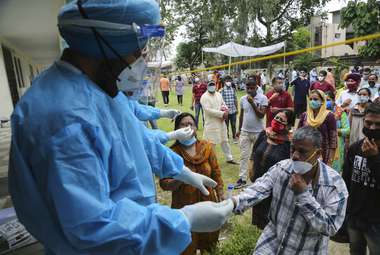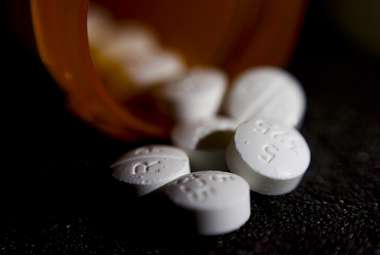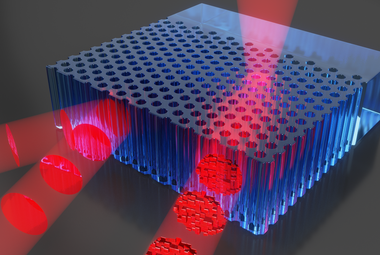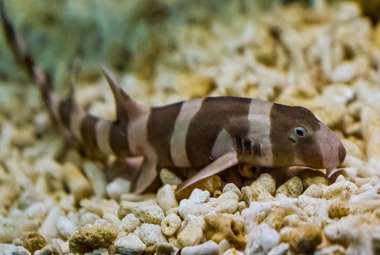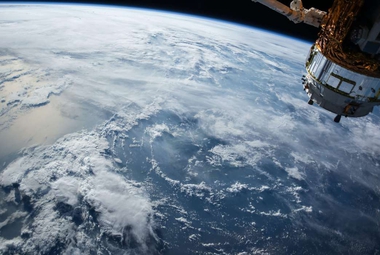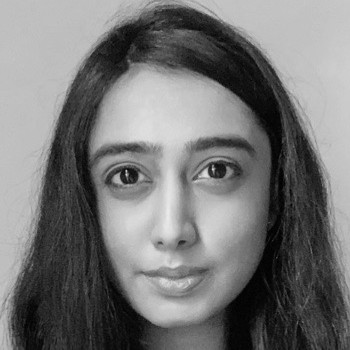
Monisha Ravisetti
Reporter, Life Sciences and Physical Sciences
@monisharavisMonisha Ravisetti, based in New York, covers Life Sciences and Physical Sciences for The Academic Times. Prior to that, Monisha worked at Weill Cornell Medical College, Mount Sinai West and NYU Langone conducting clinical and basic science research. She graduated with a degree focused in philosophy, physics and chemistry from New York University, and her work investigates the intersection between science and the human condition.
 Classical computers cannot unlock the quantum domain, so scientists rely on makeshift simulations to study the elusive field — and these programs are soon to reach another level of realism with the discovery of a new way to observe long-distance interactions between lithium atoms, stand-ins for quantum particles.
Classical computers cannot unlock the quantum domain, so scientists rely on makeshift simulations to study the elusive field — and these programs are soon to reach another level of realism with the discovery of a new way to observe long-distance interactions between lithium atoms, stand-ins for quantum particles.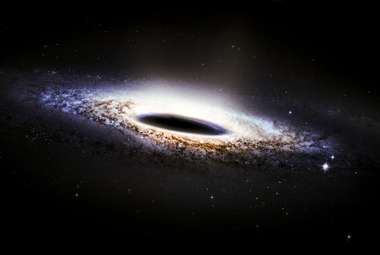 Physicists from institutions including Massachusetts Institute of Technology and the European Southern Observatory found that a supermassive black hole awakened to devour a nearby star much like its more ordinary counterparts would, indicating that, despite their vast nature, the objects are rather predictable in at least one regard.
Physicists from institutions including Massachusetts Institute of Technology and the European Southern Observatory found that a supermassive black hole awakened to devour a nearby star much like its more ordinary counterparts would, indicating that, despite their vast nature, the objects are rather predictable in at least one regard.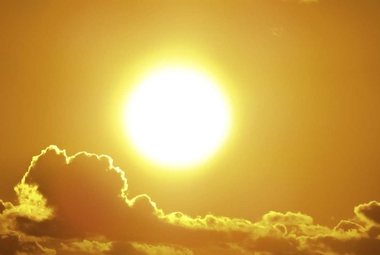 The same star that pleasantly brightens each day also ejects fiery plasma into the universe, catapulting particles toward Earth and endangering satellites and astronauts in orbit, and researchers recently provided the first direct evidence of how the sun's solar wind scatters these electrons in space.
The same star that pleasantly brightens each day also ejects fiery plasma into the universe, catapulting particles toward Earth and endangering satellites and astronauts in orbit, and researchers recently provided the first direct evidence of how the sun's solar wind scatters these electrons in space. A new study conducted by the U.S. Centers for Disease Control and Prevention indicates that use of marijuana in e-cigarettes at least once varies by racial group among U.S. youth, highlighting the importance of equitable implementation of health education and targeted intervention strategies against vaping as it becomes increasingly common.
